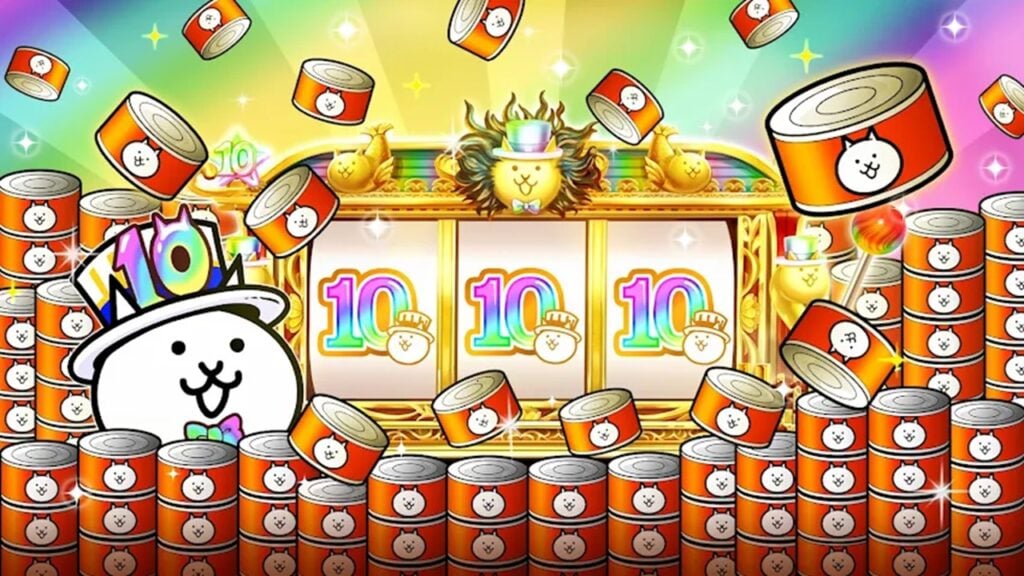Marvel's Golden Era: Was the 1980s the Best Decade?
The 1970s were a transformative period for Marvel Comics, marked by significant upheaval. Despite the challenges, this era introduced iconic characters and storylines, including "The Night Gwen Stacy Died" and Doctor Strange's encounter with God. However, it was the dawn of the 1980s that truly heralded a golden age for Marvel, with legendary creators delivering landmark runs on their most celebrated titles. This period saw Frank Miller's groundbreaking work on Daredevil, John Byrne's innovative take on Fantastic Four, David Michelinie's influential Iron Man stories, and the peak of Chris Claremont's legendary X-Men run. Not to be overlooked are Roger Stern's contributions to Amazing Spider-Man and Walt Simonson's epic Thor saga, both of which were just around the corner. These creators and their works are pivotal in understanding the enduring legacy of these characters into the modern era.
The 1980s might be considered Marvel's true golden age when examining the company's entire history. This part of our series delves into the essential issues of Marvel Comics from this decade.
More Essential Marvel
- 1961-1963 - The Birth of a Universe
- 1964-1965 - The Sentinels Are Born and Cap Dethaws
- 1966-1969 - How Galactus Changed Marvel Forever
- 1970-1973 - The Night Gwen Stacy Died
- 1974-1976 - The Punisher Begins His War on Crime
- 1977-1979 - Star Wars Saves Marvel From Bankruptcy
- The Dark Phoenix Saga and Other All-Time X-Men Stories
The Dark Phoenix Saga and Other All-Time X-Men Stories
Chris Claremont's transformative run on X-Men, which began in 1975, reached its zenith in the early 1980s with three seminal stories. The first, the Dark Phoenix Saga (X-Men #129-137), is perhaps the most iconic X-Men story ever told. This epic narrative follows Jean Grey's corruption by the cosmic Phoenix entity and her subsequent transformation into the Dark Phoenix, one of the X-Men's most formidable foes. John Byrne's art and co-plotting helped craft this cosmic space opera, which introduced characters like Kitty Pryde (Shadowcat), Emma Frost, and Dazzler. Jean Grey's ultimate sacrifice after regaining her senses remains one of the most poignant moments in X-Men lore, despite her later returns. The story has been adapted multiple times, including in films like X-Men: The Last Stand and Dark Phoenix, though many fans feel these adaptations didn't fully capture the essence of the original. Animated series, such as X-Men: The Animated Series and Wolverine & the X-Men, have provided more faithful renditions.
Following closely, the Days of Future Past storyline (X-Men #141-142) is another landmark tale, featuring the Sentinels, the mutant-hunting robots first introduced by Stan Lee and Jack Kirby in 1965. In this dystopian narrative, an adult Kitty Pryde travels back in time to thwart the assassination of Senator Robert Kelly by Mystique's Brotherhood of Evil Mutants, an event that could trigger a future ruled by Sentinels. Despite its brevity, this story has become one of the X-Men's most celebrated arcs and has inspired numerous revisitations by other creators. It was adapted into the 2014 film X-Men: Days of Future Past and served as the basis for a season arc in Wolverine & the X-Men.
Completing the trio of essential X-Men stories from this era is X-Men #150, where a confrontation between the X-Men and Magneto nearly results in Kitty Pryde's death. This issue reveals Magneto's past as a Holocaust survivor, a detail that has since become a cornerstone of his character development, steering him towards a more nuanced moral standing.

The First Appearances of Rogue, She-Hulk, and the New Mutants
The 1980s also saw the introduction of several key characters, particularly notable female heroes. Rogue, a fan-favorite member of the X-Men, debuted as a villain in Avengers Annual #10. Initially part of Mystique's Brotherhood of Evil Mutants, Rogue's first act was to drain Carol Danvers (Ms. Marvel) of her powers, significantly impacting both characters' trajectories. This issue also touched on Carol's contentious history with the Avengers, stemming from the traumatic events involving Marcus Immortus in Avengers #200. While challenging to adapt, Avengers Annual #10 remains a pivotal moment in Marvel's history.
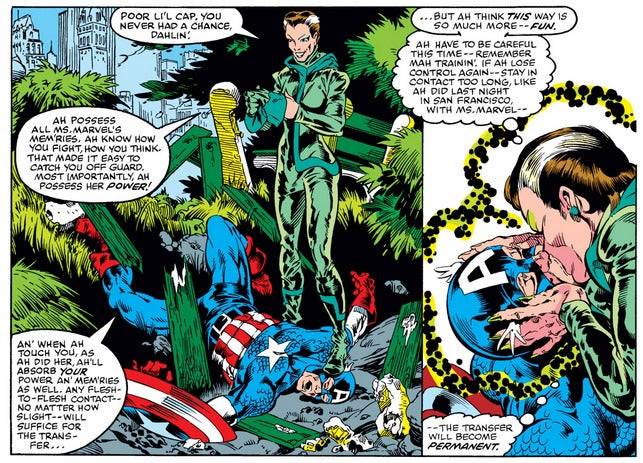
She-Hulk, another significant female character, made her debut in Savage She-Hulk #1. As the last character co-created by Stan Lee during his initial Marvel tenure, Jennifer Walters, Bruce Banner's cousin, gained her powers through an emergency blood transfusion. Although her initial series received mixed reviews, She-Hulk's character flourished upon joining the Avengers and Fantastic Four. Tatiana Maslany portrayed her in the MCU's She-Hulk series.
The 1980s also marked the launch of the first X-Men spin-off series, The New Mutants, introduced in Marvel Graphic Novel #4 before transitioning to their own title. The team, comprising young mutants like Cannonball, Sunspot, Karma, Wolfsbane, and Dani Moonstar (later Mirage), brought fresh dynamics to the X-Men universe. Illyana Rasputin, aka Magik, joined the group in issue #15, leading to some of her most significant storylines. The lineup, excluding Karma, was later featured in the 2020 New Mutants film, with Anya Taylor-Joy portraying Magik.
Iconic Storylines for Daredevil, Iron Man, and Captain America
Daredevil #168 marks a turning point for the character, with Frank Miller's writer-artist run introducing Elektra and reshaping the Man Without Fear's mythology. Over the next two years, Miller crafted a gritty, noir-infused saga that solidified Kingpin as Matt Murdock's nemesis, introduced Stick, and featured Daredevil's first encounter with the Punisher. The iconic issue #181, where Bullseye kills Elektra, remains a cornerstone of Daredevil lore. This run inspired both the 2003 film and the 2015 Netflix series, with the upcoming MCU show Daredevil: Born Again set to continue this legacy.
Two major Avengers also saw significant storylines during the early 1980s. David Michelinie and Bob Layton's final collaboration on Iron Man resulted in Doomquest (Iron Man #149-150), where Iron Man faces Doctor Doom solo for the first time. Their battle transports them to the era of King Arthur, with Iron Man allying with the king and Doom teaming up with Morgan le Fay. This arc solidified Doom's place in Iron Man's rogues gallery, despite his primary rivalry with Mr. Fantastic.

Captain America's confrontation with Baron Blood in Captain America #253-254 is another standout arc from Roger Stern and John Byrne's brief tenure on the title. This darker narrative pits Cap against the Nazi vampire John Falsworth, with ties to his WWII-era team, the Invaders. The story's compelling plot and striking artwork make it a must-read.
Moon Knight Becomes a Hero and Marvel Helps Create the G.I. Joe Mythology
The 1980s also saw the launch of two significant #1 issues: Moon Knight #1 and G.I. Joe #1. Moon Knight, first appearing as an antagonist in Werewolf by Night #32, was fully realized as a hero in his own series. Doug Moench and Don Perlin's work established Moon Knight's backstory and introduced his alternate personas, Steven Grant and Jake Lockley, laying the foundation for all future stories.
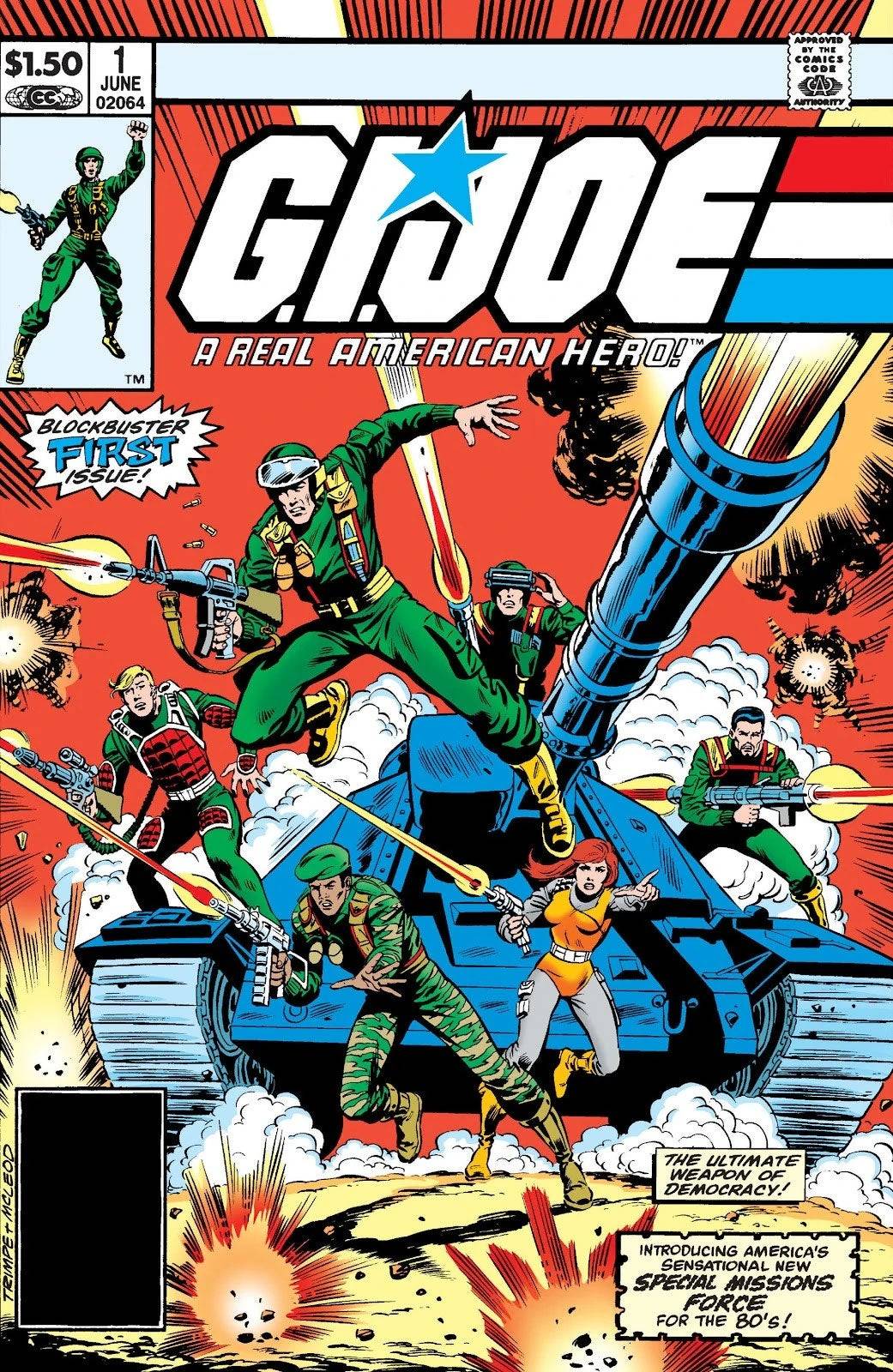
Although G.I. Joe is not owned by Marvel, the company played a crucial role in shaping the franchise's mythology. Starting in 1982, Marvel's tie-in comic, conceived by editor Archie Goodwin and fleshed out by writer Larry Hama, introduced iconic characters like Scarlett, Snake Eyes, Storm Shadow, Lady Jaye, and the Baroness. Hama's engaging storytelling made G.I. Joe one of Marvel's most popular titles in the mid-1980s, and he noted its appeal to female readers due to the equitable portrayal of female characters. Fans of G.I. Joe owe much to Larry Hama and Marvel's creative contributions.
-
1

Every Pokémon Game on the Nintendo Switch in 2025
Feb 25,2025
-
2
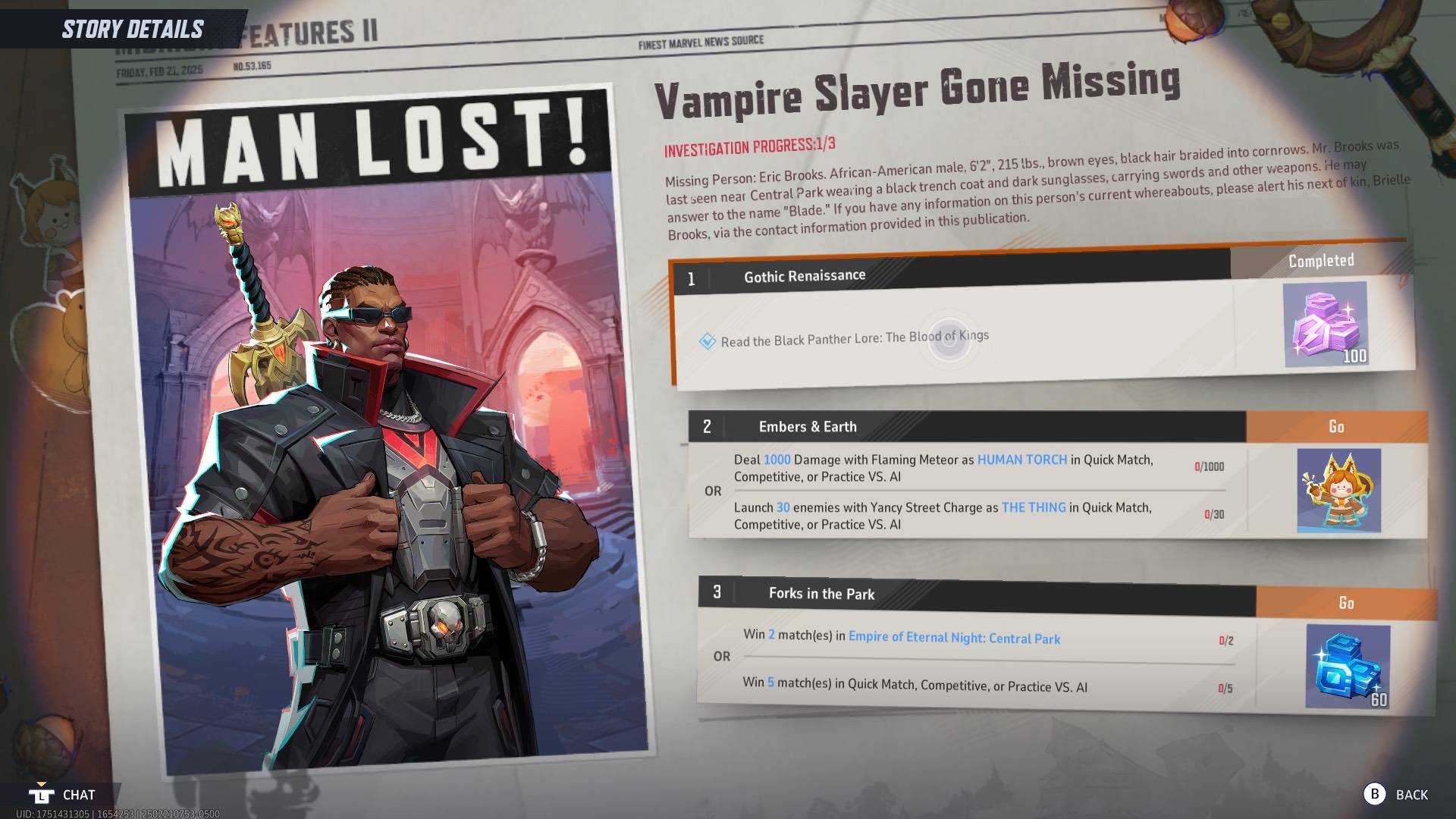
How To Read Black Panther Lore: The Blood of Kings in Marvel Rivals
Mar 01,2025
-
3
![Anime Vanguards Tier List – Best Units For Each Gamemode [UPDATE 3.0]](https://images.gzztb.com/uploads/35/17376012656791b0f12fa1c.jpg)
Anime Vanguards Tier List – Best Units For Each Gamemode [UPDATE 3.0]
Feb 27,2025
-
4

Nvidia RTX 5090 Specs Leak: Rumor Confirmed?
Mar 14,2025
-
5
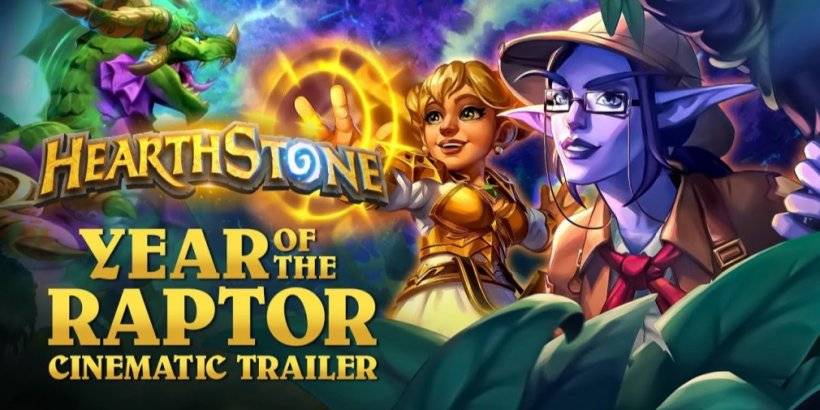
Hearthstone has kicked off the Year of the Raptor with a myriad of new content
Mar 16,2025
-
6
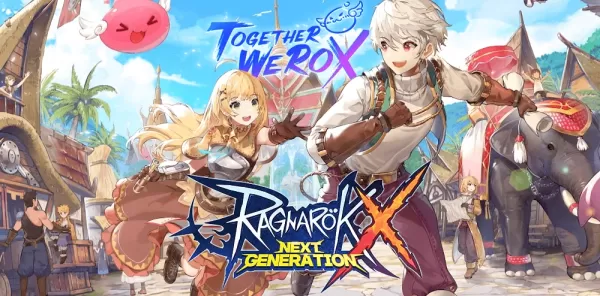
Ragnarok X: Next Gen - Complete Enchantment Guide
May 25,2025
-
7

Roblox: Trucking Empire Codes (January 2025)
Mar 05,2025
-
8

McLaren Returns to PUBG Mobile Collaboration
Aug 27,2024
-
9
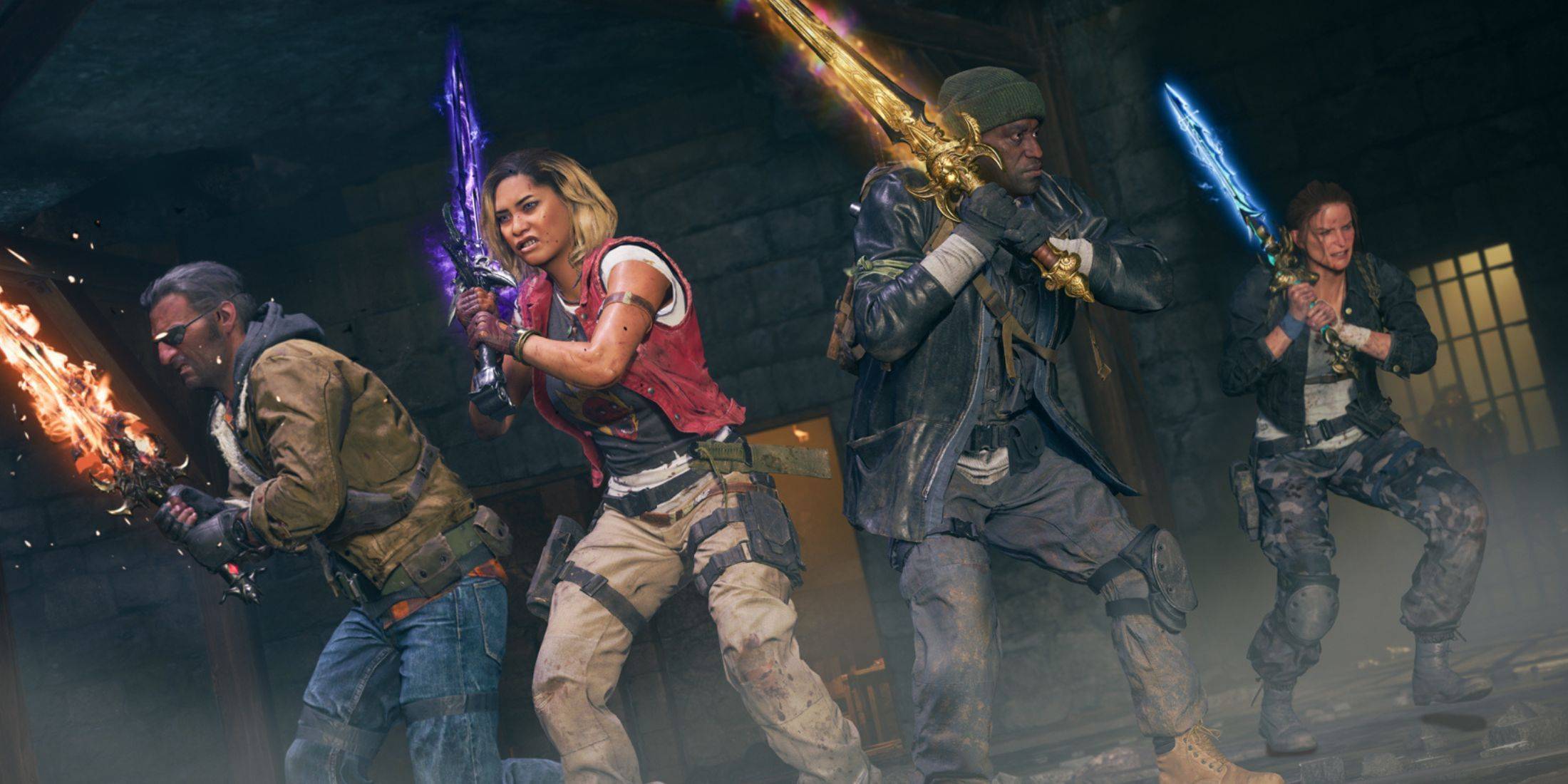
January 15 Is Suddenly a Big Day for Call of Duty: Black Ops 6 Zombies Fans
Feb 20,2025
-
10

Poring Rush, the casual battling spin-off from hit MMORPG Ragnarok Online, is out now
Dec 30,2024
-
Download

DoorDash - Food Delivery
Lifestyle / 59.30M
Update: Apr 23,2025
-
Download

Niramare Quest
Casual / 626.43M
Update: Feb 21,2023
-
Download

The Golden Boy
Casual / 229.00M
Update: Dec 17,2024
-
4
POW
-
5
Gamer Struggles
-
6
Mother's Lesson : Mitsuko
-
7
Poly Pantheon Chapter One V 1.2
-
8
How To Raise A Happy Neet
-
9
Dictator – Rule the World
-
10
Strobe

